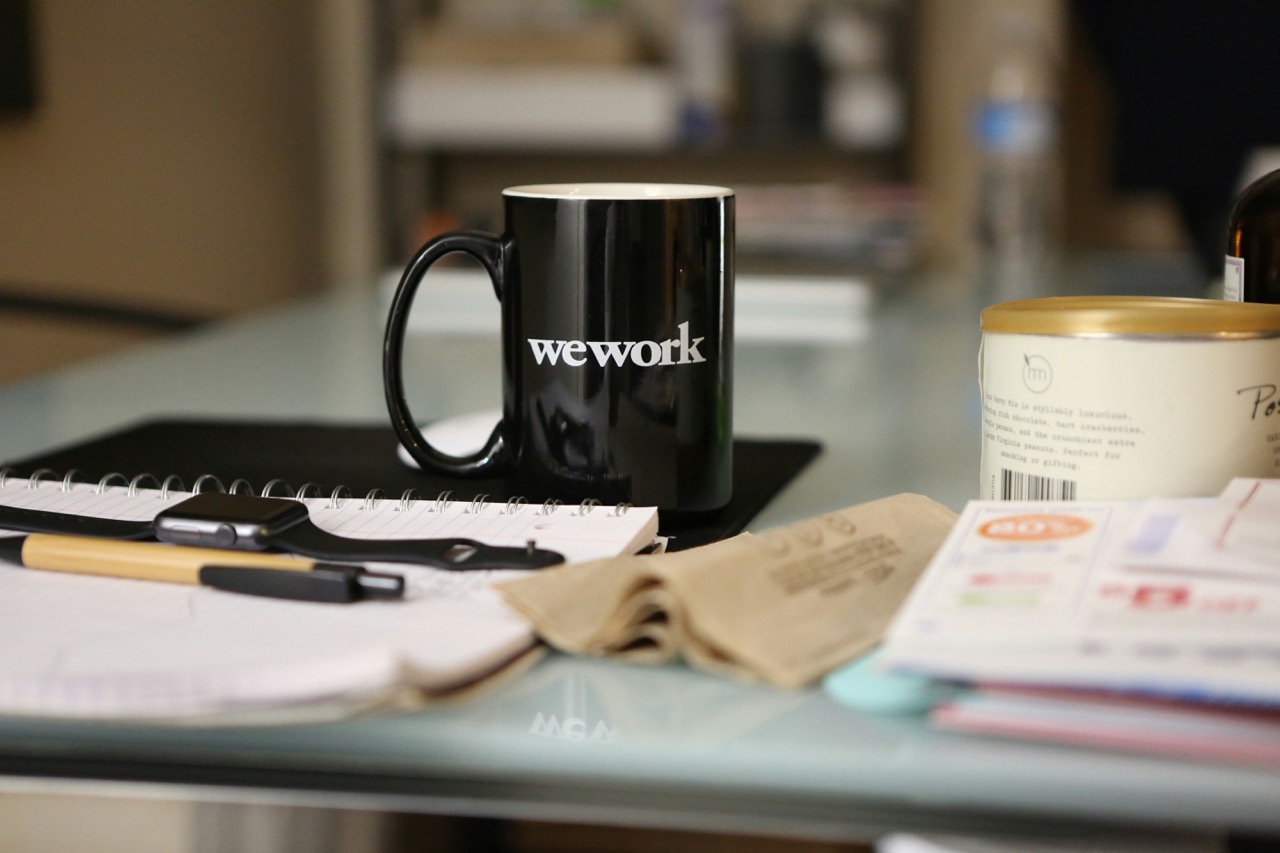

Once a high-flying disruptor of the office space industry, WeWork has faced a turbulent journey — bankruptcy in the U.S. (2023), massive valuation drops, and leadership shakeups. Yet, WeWork Greater China, operating as an independent entity since 2020 (majority-owned by Trustbridge Partners), tells a different story with over 100 locations, 90% occupancy rate in key cities (Shanghai, Beijing, Shenzhen).
While the global brand struggles, WeWork Greater China has continued expanding, adapting to local market demands and maintaining strong occupancy rates. This divergence highlights how brand positioning and local adaptation can make or break a global company.
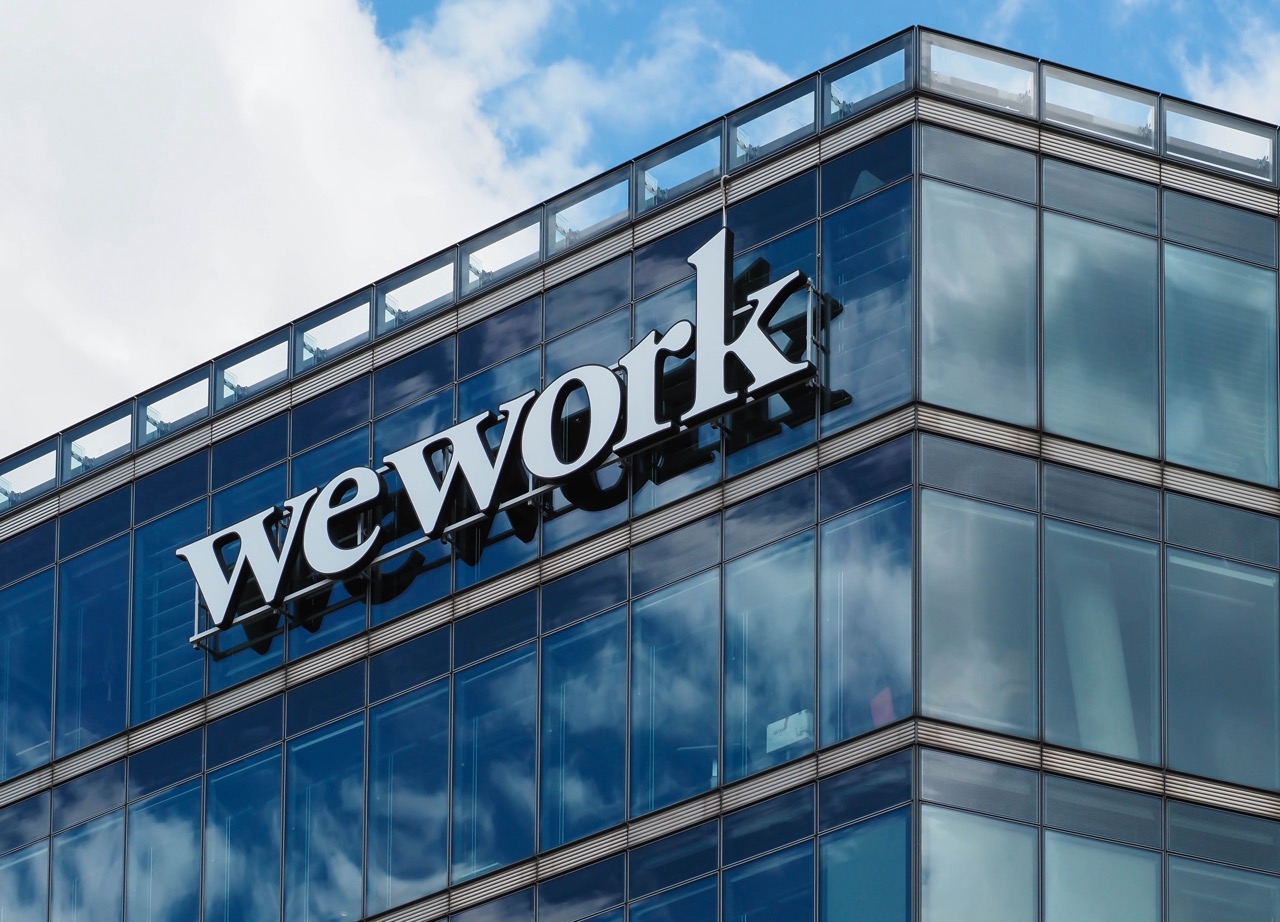
For many companies, especially start-ups, a shared office is simply the more cost-effective option. Shared offices like the ones provided by WeWork come fully equipped and furnished, saving businesses significant repair and maintenance costs that often come with leasing traditional office spaces. Lease terms are also far more flexible, giving companies the freedom scale up or down depending on their business growth.
Global WeWork’s Crisis:
WeWork Greater China’s Adaptation:
Key Difference:
Global WeWork relied on venture capital-fueled growth whilst WeWork Greater China focused on sustainable, enterprise-driven demand.
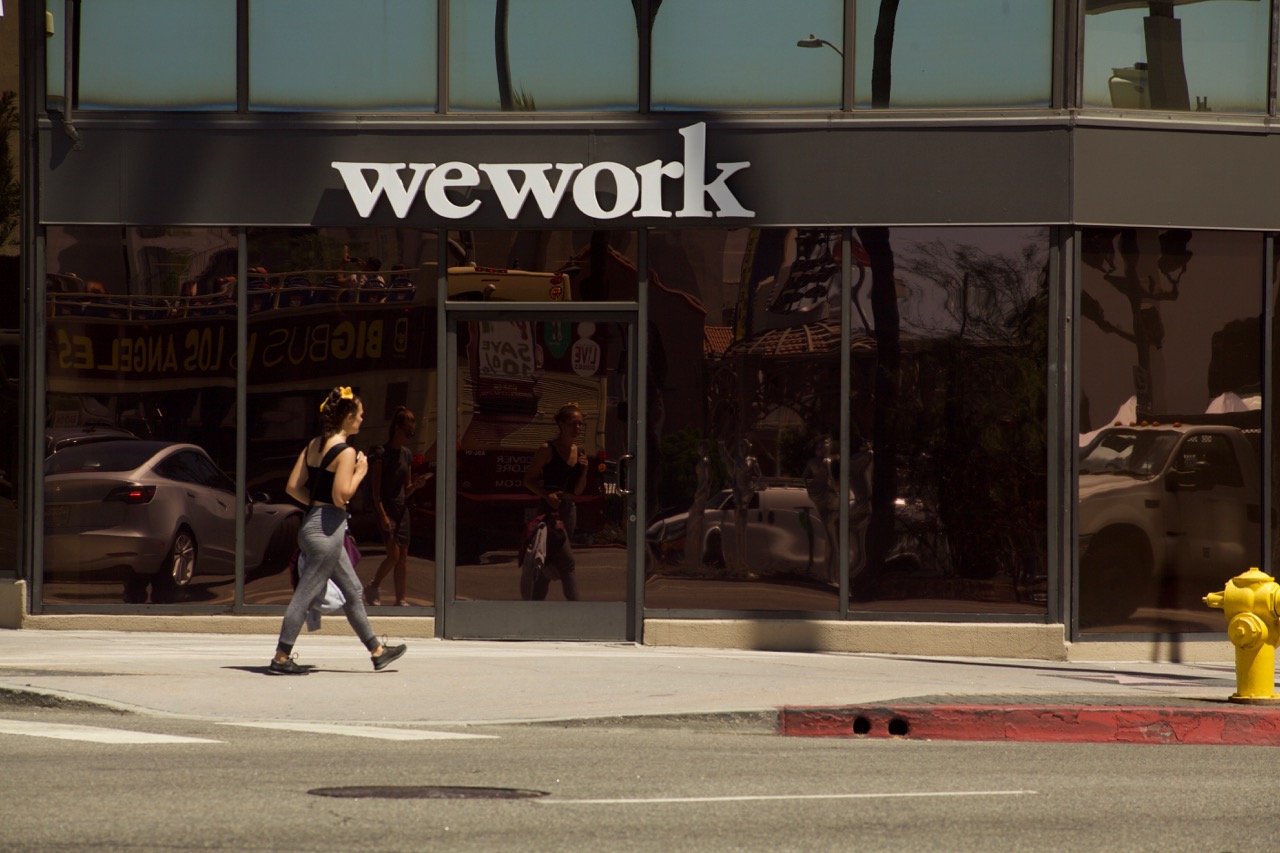
WeWork is the embodiment of the younger adults in the professional world. Resisting the urge to comply with traditional office structures, this audience are continuing to challenge the ‘9-6’ mentalities as well as the social norms attached to the workplace. It is no coincidence that as they join the workforce, they are also shaping the trends of how and where people work.
Global WeWork’s Identity Crisis:
WeWork Greater China’s Refined Positioning:
Key Difference:
Global WeWork stuck to a fading Silicon Valley narrative whilst WeWork Greater China rebranded for pragmatic Chinese professionals.
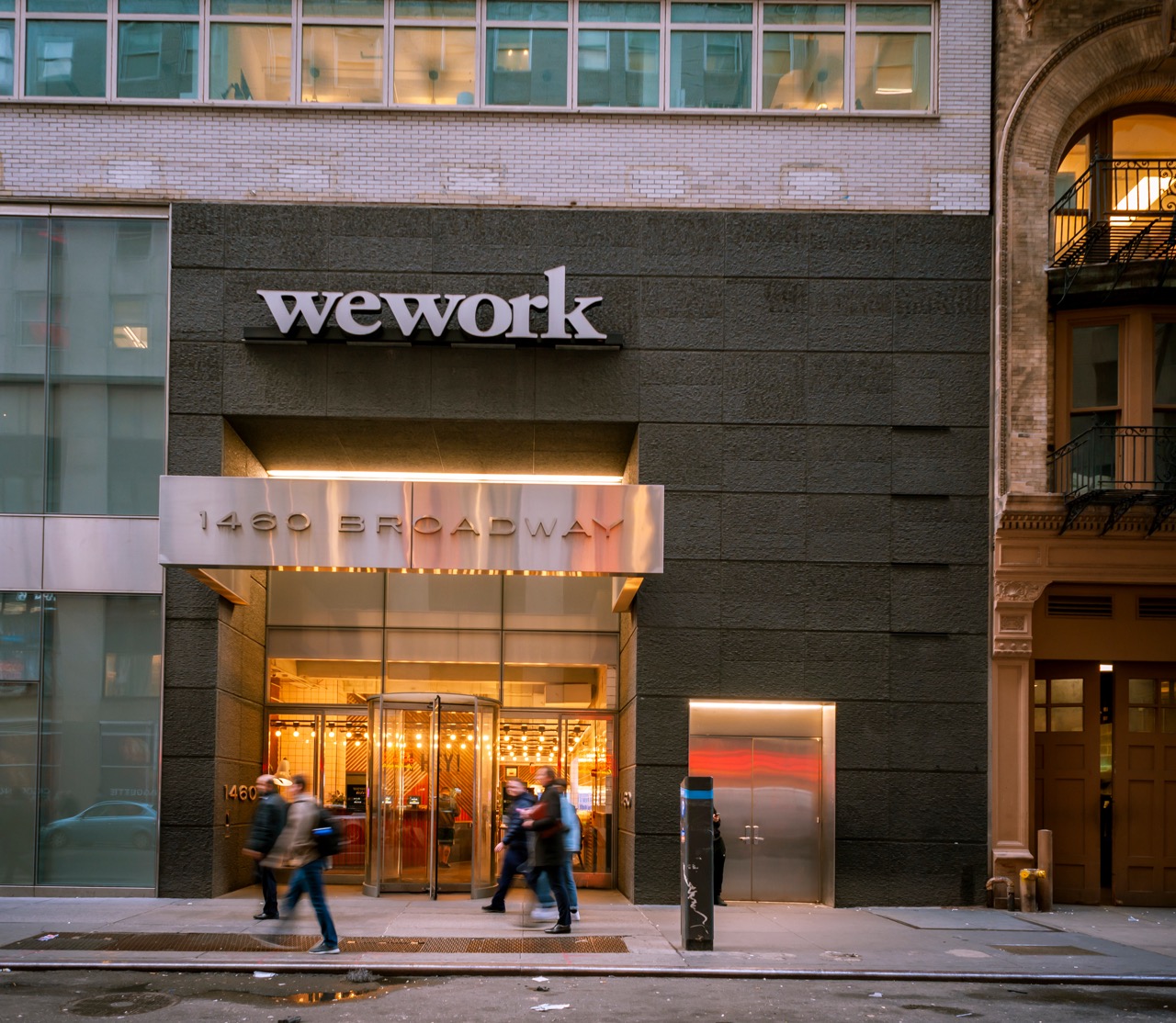
WeWork was founded on the mission “to create a world where people make a life, not just a living”. The idea of building a community is also central in WeWork’s vision. WeWork wanted to create not just a beautiful space for work, but also for business professionals to mingle and develop meaningful relationships with each other.
Global WeWork’s Struggle:
WeWork Greater China’s Evolution:
Key Difference:
Global WeWork lost its community soul whilst WeWork Greater China integrated into China’s tech and business ecosystem.
Universe: The ‘Picture-Perfect Work Life’ Powering the Future
The advent of digital technology has shifted the work-life balance dramatically. With emails and messages just a fingertip away, the work life has invaded the home life. The typical office can feel even more monotonous when the ‘end’ of the work day grows increasingly obscure.
In fact, the company’s name “WeWork” aptly explains the occasion – a place where “we”, the young entrepreneurs, “work” together in a dynamic and vibrant work environment.
Global WeWork’s Decline:
WeWork Greater China’s Resilience:
Key Difference:
Global WeWork failed to adapt to hybrid work whilst WeWork Greater China embraced localization and tech with AI-driven efficiency.
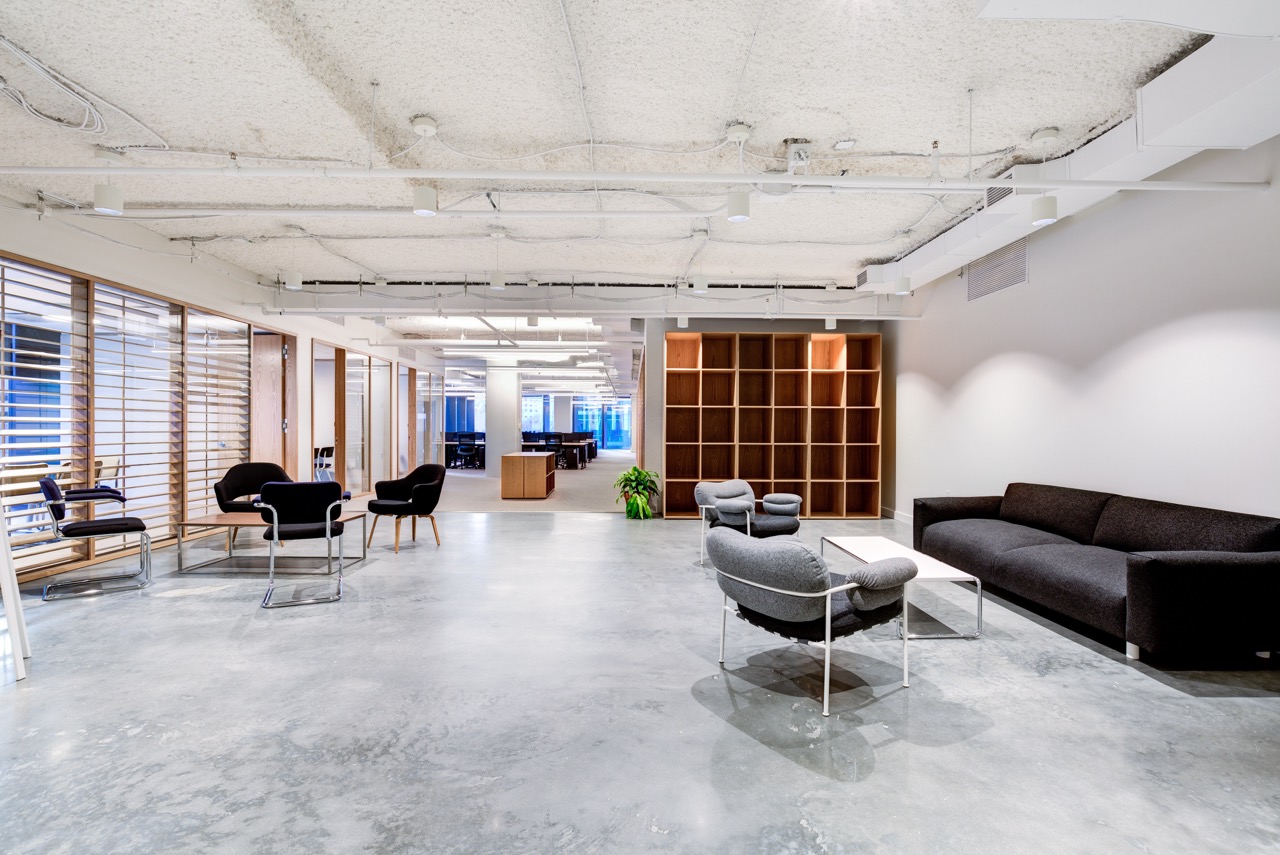
While WeWork Global struggles to survive, WeWork Greater China is writing its own playbook with ambitious expansions into second-tier cities and the launch of co-living concept ‘WeWork Living’.
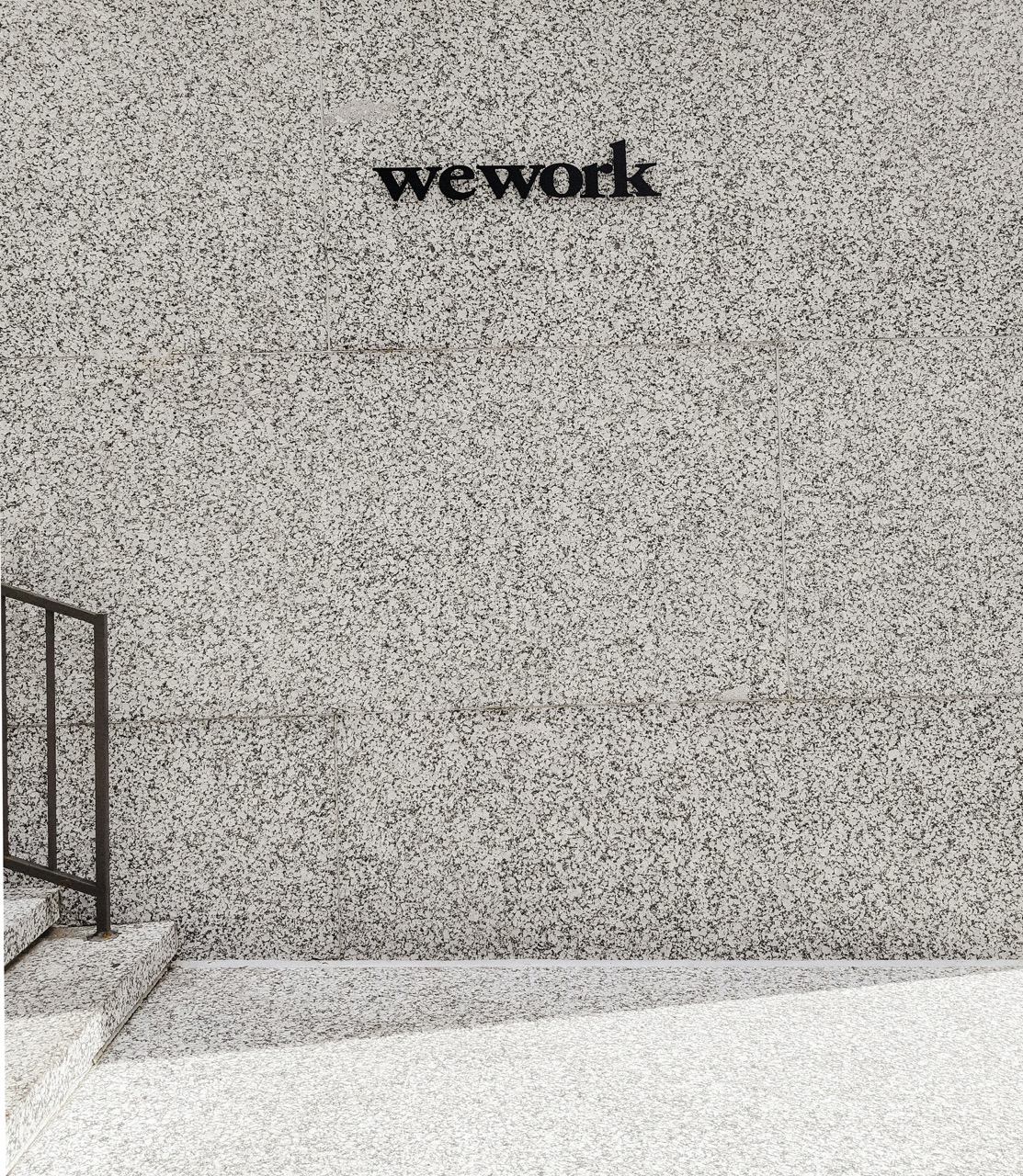
Leadership Power: Redefining the Future of Work in China
WeWork Greater China isn’t just following global trends. It is shaping Asia’s flexible workspace category with a truth-based ‘China-first’ approach with AI-powered flexible workspaces. By moving beyond Tier 1 cities and pioneering hybrid work-live solutions, the company is creating a new standard for how workspaces serve China’s dynamic workforce and entrepreneurs.
Influence Power: Building an Ecosystem of Success
The brand’s growth is fueled by its ability to align partners, employees, and members around a shared vision of community-driven and smart workspaces. Through localized partnerships (such as with its collaboration with Beijing’s investment bureau) and employee empowerment programs, WeWork Greater China motivates stakeholders to deliver exceptional experiences at scale.
Experience Power: Crafting Spaces with Personality
From AI-powered office solutions to WeWork Living’s community-focused design, every touchpoint reflects a distinct brand universe that resonates with Chinese professionals. These aren’t just offices – they’re vibrant ecosystems blending productivity, networking, and lifestyle, making WeWork the destination of choice for China’s new generation of workers.
By combining local insights with global expertise, the company is redefining what flexible workspace means in Asia’s largest economy. Recognizing that the model demands relevant localization, strategic partnerships, and agility, this success story proves that winning in Asia requires more than a copy-paste strategy.
Jessalynn Chen
Managing Director, LABBRAND Singapore
A Labbrand Group Company © 2005-2025 Labbrand All rights reserved
沪ICP备17001253号-3To improve your experience, we use cookies to provide social media features, offer you content that targets your particular interests, and analyse the performance of our advertising campaigns. By clicking on “Accept” you consent to all cookies. You also have the option to click “Reject” to limit the use of certain types of cookies. Please be aware that rejecting cookies may affect your website browsing experience and limit the use of some personalised features.